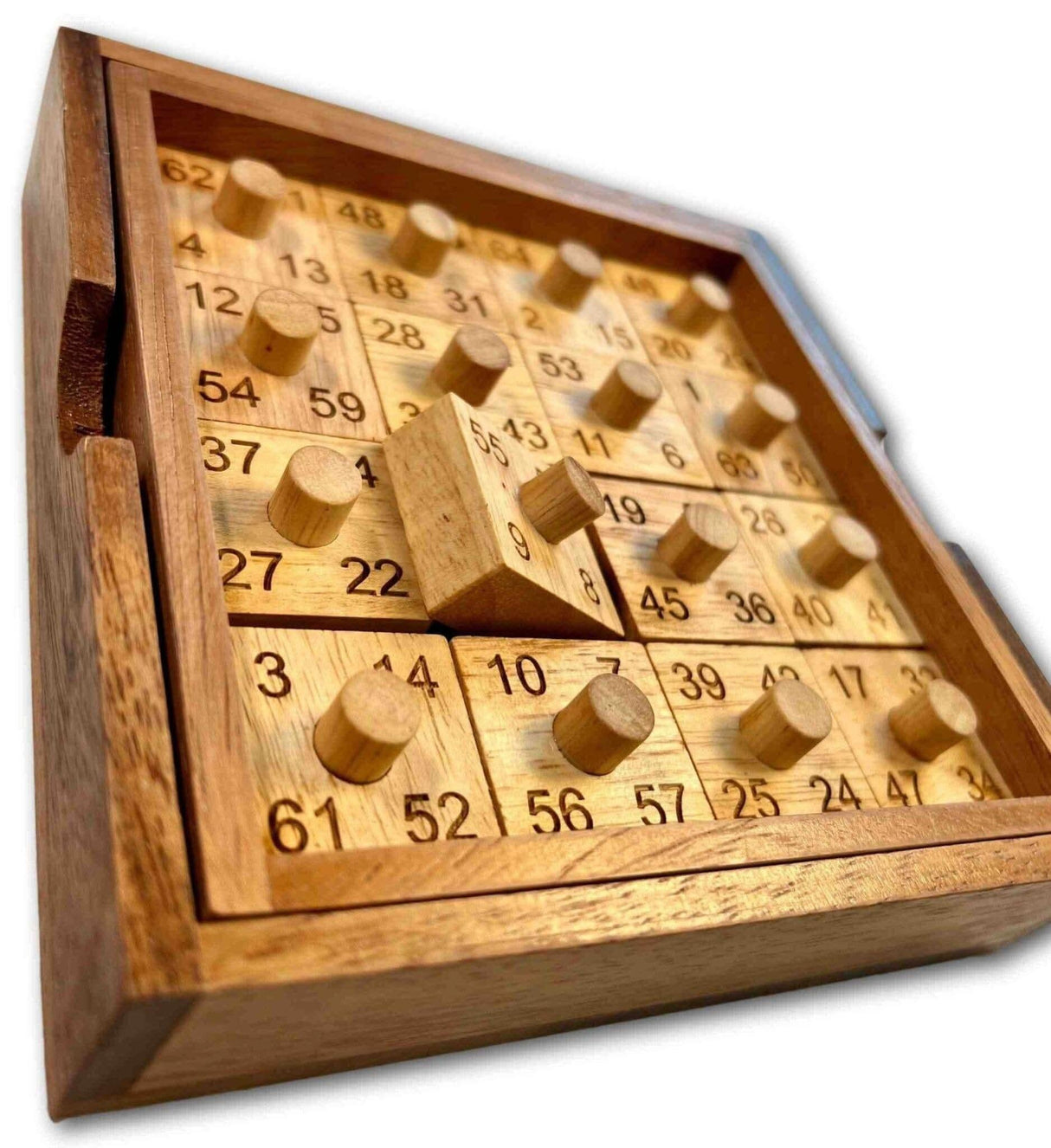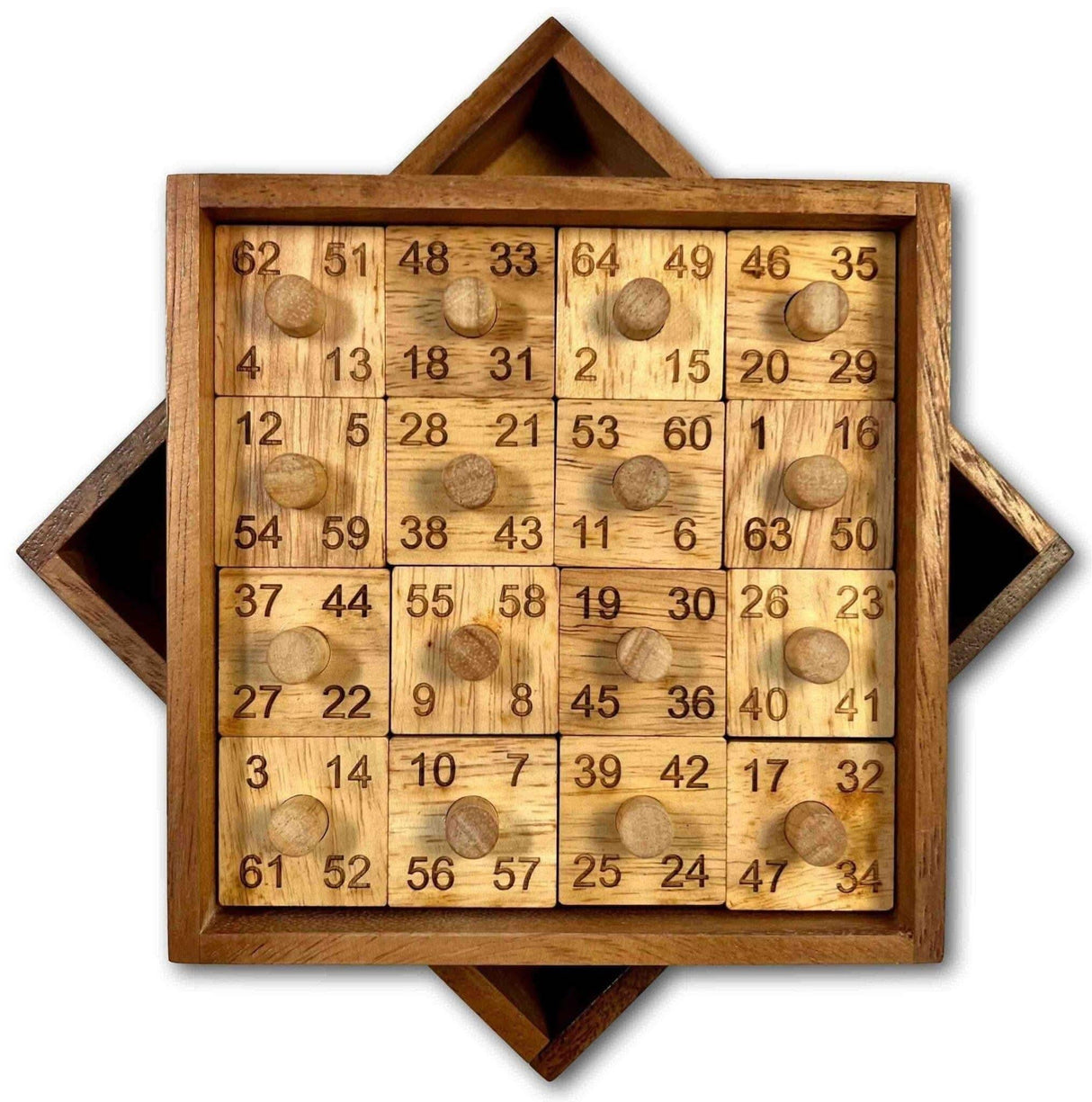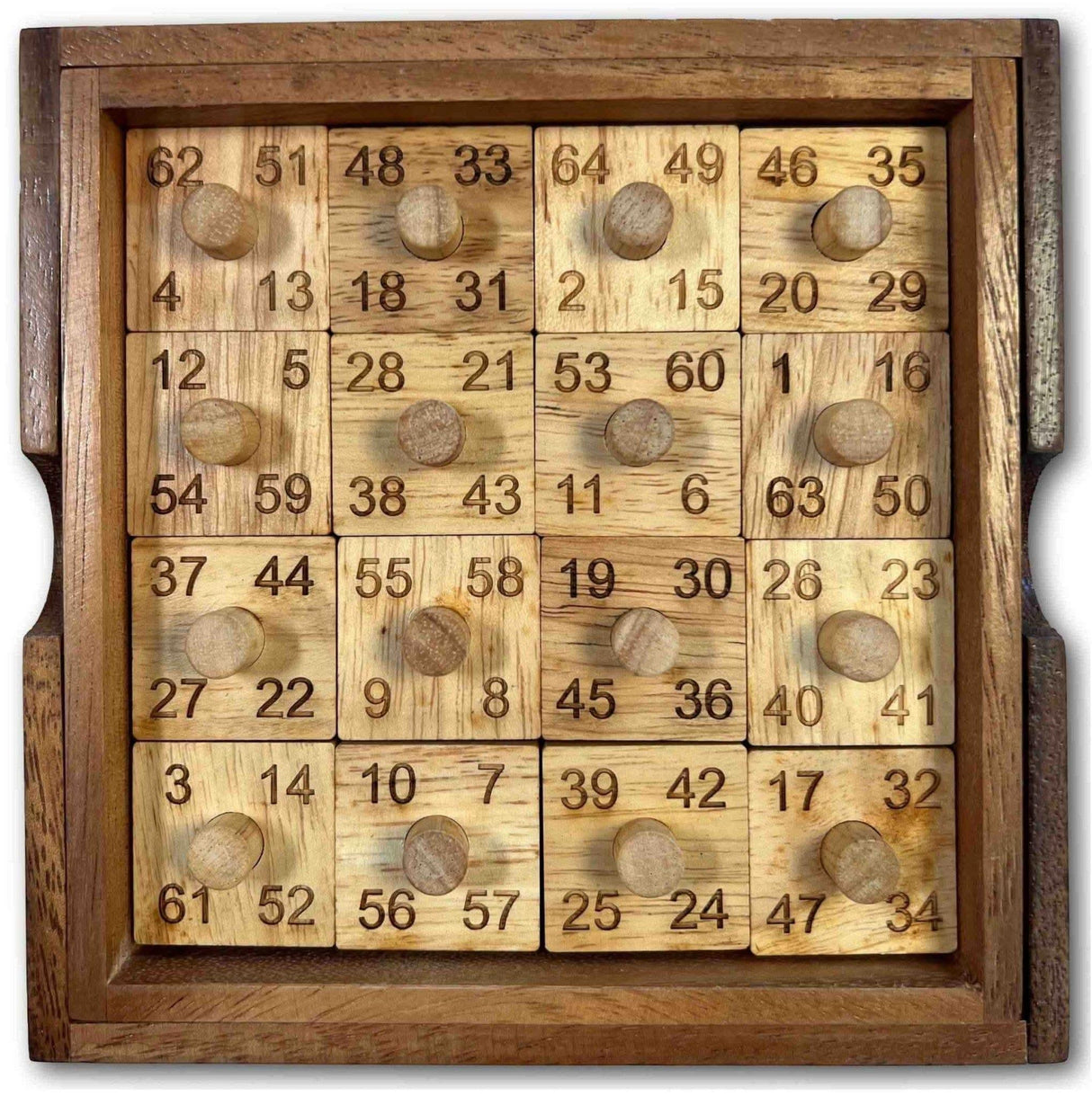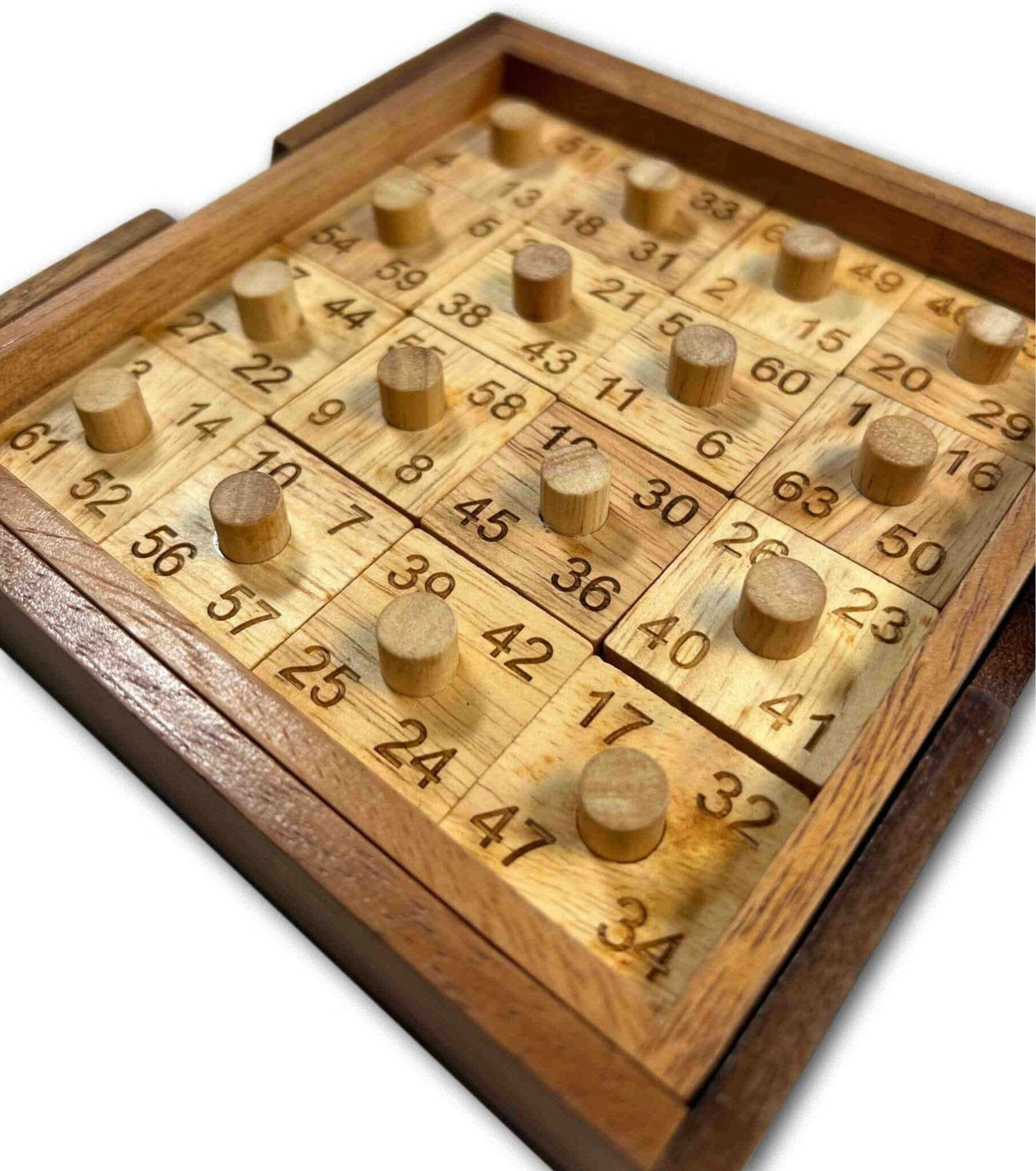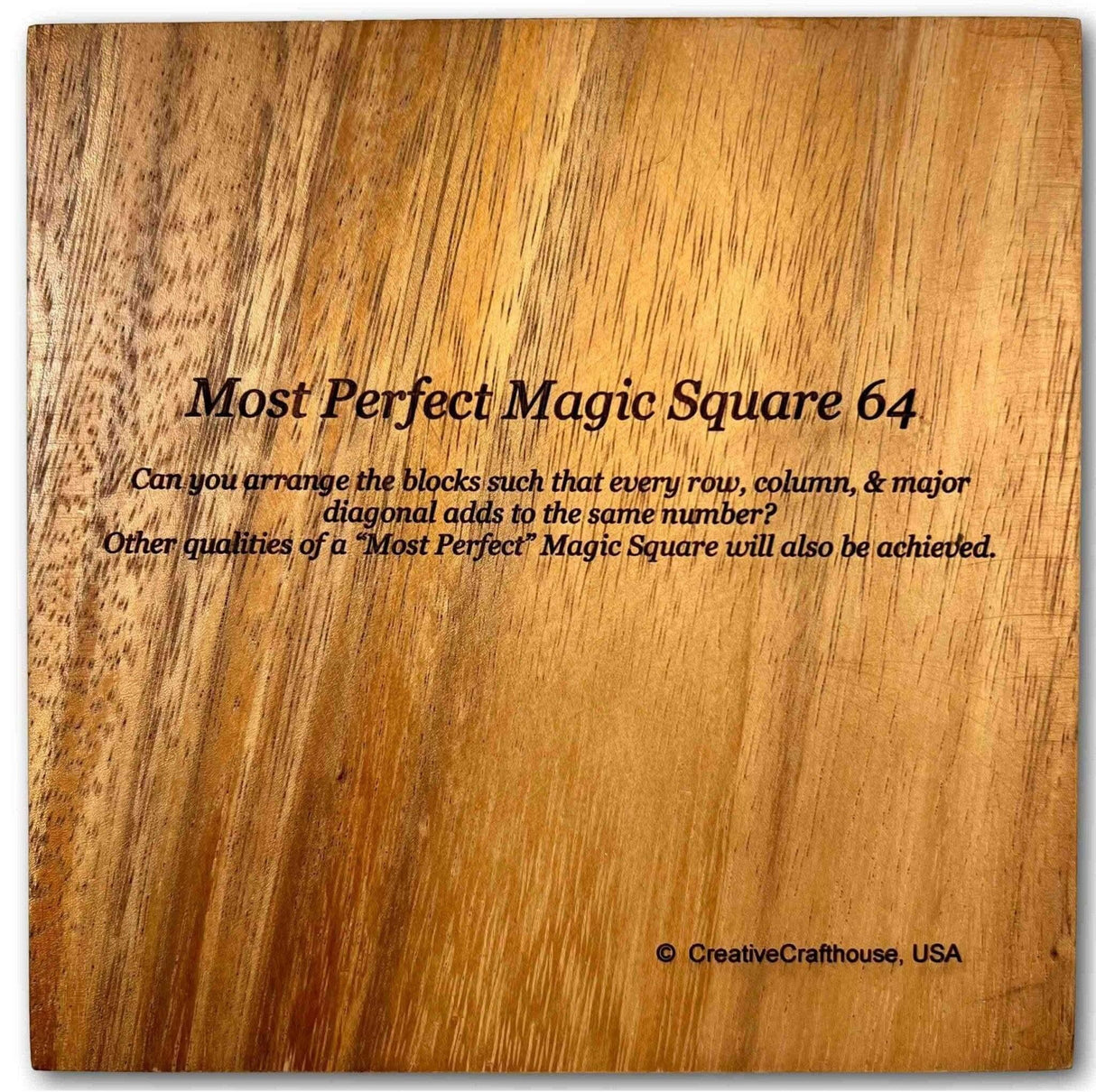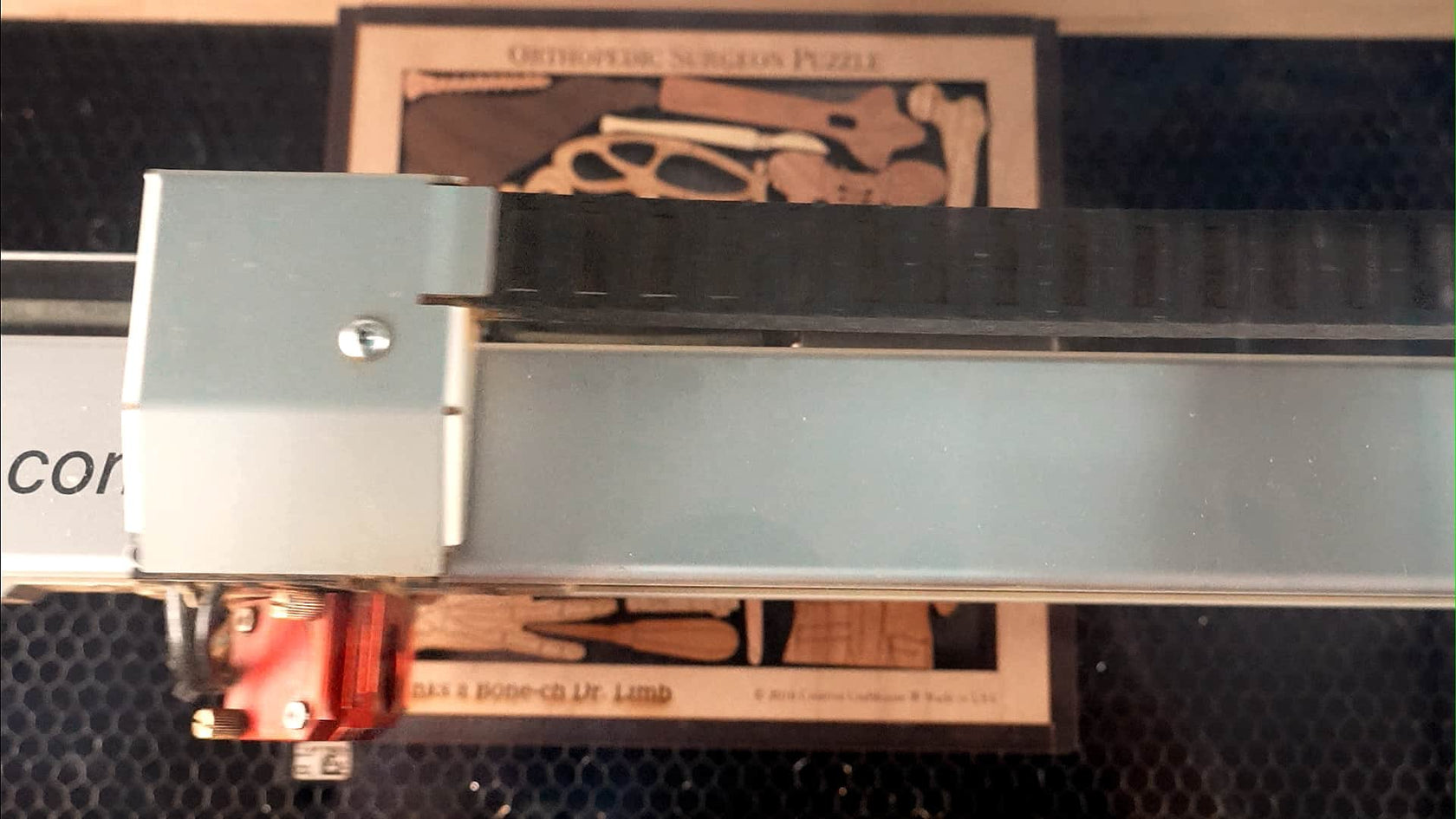Most Perfect Square 64 Wood Puzzle | Impossible Math Brain Teaser
Most Perfect Square 64 Wood Puzzle | Impossible Math Brain Teaser is backordered and will ship as soon as it is back in stock.
Couldn't load pickup availability
Delivery and Shipping
Delivery and Shipping
All standard orders normally ship within 1 business day.
Custom orders normally ship within 2 business days.
Description
Description
In recreational mathematics, a magic square is an arrangement of integers in a square grid where each number is used only once. The numbers in each row, each column, and the numbers in the two main diagonals all add up to the same number. A magic square has the same number of rows as it has columns, and in conventional math notation, "n" stands for the number of rows (and columns) it has. Thus, a magic square always contains n squared numbers, and its size (the number of rows [and columns] it has) is described as being "of order n". A magic square that contains the integers from 1 to n squared is called a normal magic square. Normal magic squares of all sizes can be constructed as long as n>2.
In this puzzle, n=8 as there are 8 numbers on each row and column. The digits 1 to 64 are used.
The number constant that is the sum of every row, column and diagonal is called the Magic Sum, M. Every normal magic square has a constant dependent on n, calculated by the formula M = [n(n x n + 1)] / 2.
Thus, for the case of our n=8 magic square, M= 260. That is, every row, column and diagonal must sum to 260.
This particular magic square is called a “Most Perfect Magic Square” because it has certain qualities:
-Every 2 x 2 block of cells (including wrap-around) sum to 2T (where T= n x n + 1) or in this case T =65 and 2T = 130
-Any pair of integers distant ½ n along a diagonal sum to T. That is, if you select a number and mover 4 places along a connected diagonal, the sum of the original number and the number you land on will equal 65
-It is a doubly-even pandiagonal normal magic square using integers from 1 to 64. A pandiagonal magic square is a magic square with the additional property that the broken diagonals, i.e. the diagonals that wrap round at the edges of the square, also add up to the magic constant. (260 in this case)
There are a number of other variations of magic squares dependent on certain qualities of the square. Examples are Panmagic, Multimagic, Semi-magic, Multiplicative magic and others. We leave it to the reader to research these things.
Magic squares have a long history, dating back to 650 BC in China. At various times they have acquired magical or mythical significance, and have appeared as symbols in works of art. We encourage you to do added research on this fascinating topic.
Puzzle comes packed unsolved, but does come with written solution. Made USA by CreativeCrafthouse
To view a video on this puzzle please cut and paste this link:
https://vzaar.com/videos/5505613
Materials: Wood
Personalize it!
Personalize it!
Click YES above the quantity selector to add a personalized laser engraving to your puzzle or game.
- Perfect for gifts
- Business marketing opportunity
Recommended age group
Recommended age group
Difficulty level
Difficulty level
Payment & Security
Payment methods
Your payment information is processed securely. We do not store credit card details nor have access to your credit card information.
Personalize It!
Did you know we can add a custom laser engraving to every puzzle and game? Well, we can. Add a personal touch to your gift with a name or message.
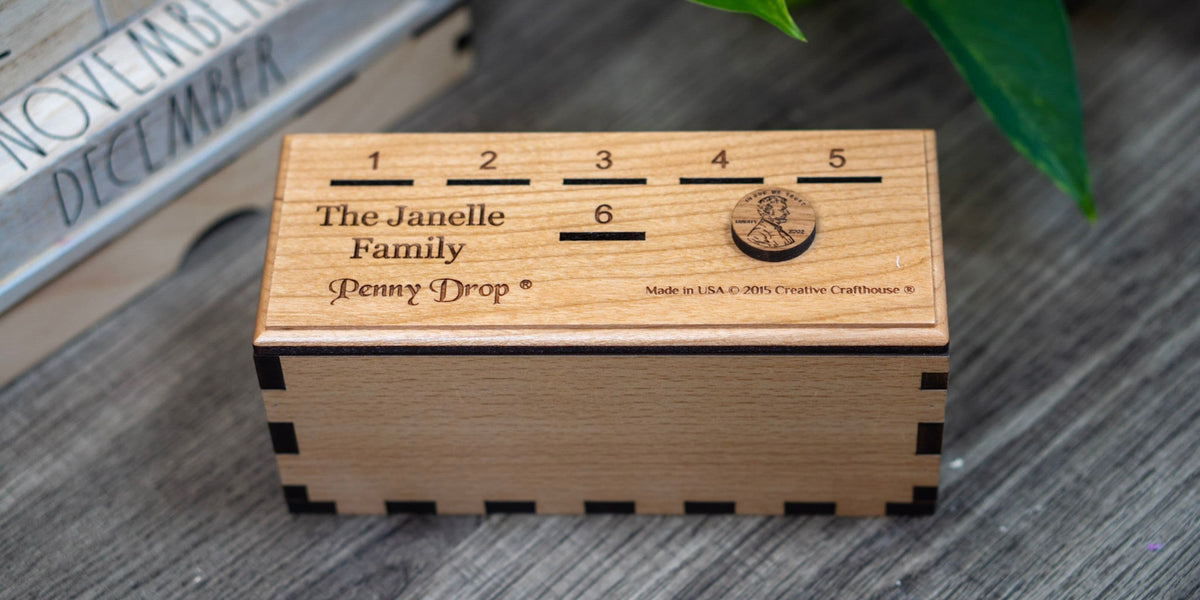
Collections for you
Frequently Asked Questions
Shipping
What countries do you ship to?
What countries do you ship to?
We ship all around the world. If you encounter an issue at checkout, please use the Chat Box to contact us. A real person will assist you.
How long will it take to receive my order?
How long will it take to receive my order?
Standard shipping normally takes 3-5 days. Next-day shipping is available on all domestic orders (for an additional charge). International shipping times vary depending on the product and destination (estimated at checkout).
Expedited shipping is available at checkout.
Returns and Refunds
How do I return a product?
How do I return a product?
Items must be returned within 30 days after receiving your order. Items must be returned in the same condition in which they were received, be unworn/unused, have any tags still attached, and include all the original packaging.
Custom/Personalized items can only be returned if we made a mistake on the customization/engraving.
How long will it take to receive my refund?
How long will it take to receive my refund?
Refunds are processed within 7 days from when we receive the item(s).
